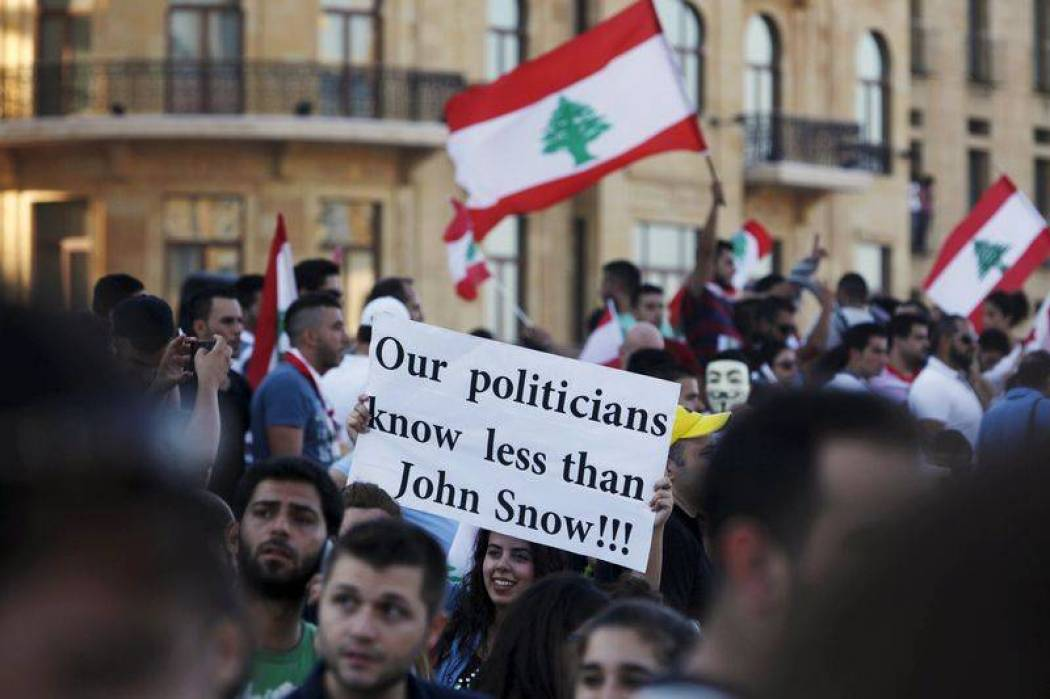On August 4, 2020, a blast in Lebanon shook the world when 2750 tons of ammonium nitrate exploded at the port of Beirut. 300,000 people were displaced, over 170 died and around 6000 were injured. This sparked a new wave of protests in the country, which has seen plenty of mass demonstrations, riots, and authority change in the past 40 years. Until two days after the blast, there was no word from the government, military, or state officials. 2 days after the blast, French President Emmanuel Macron visited Beirut to survey the damages and promised financial aid under certain terms. 6 days after the blast, Prime Minister Hassan Diab announced his resignation from the government with the words “I declare today the resignation of this government. May God protect Lebanon.” His resignation was following that of 4 ministers, 9 lawmakers, and 2 senior members of the municipality.
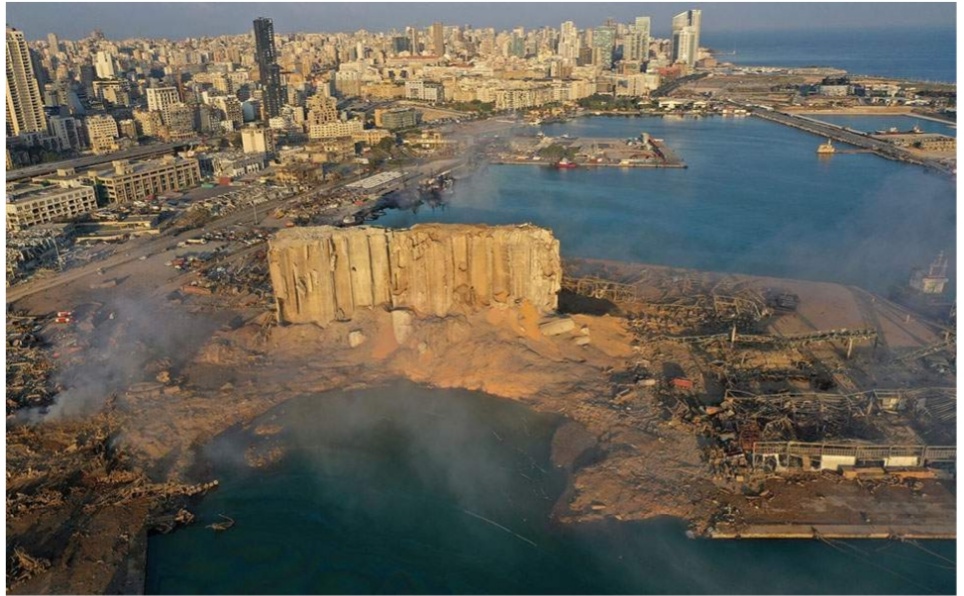
One tragedy and suddenly the government steps down? No, there is a backstory to it. The political scenario in Lebanon was like a rubber band stretched beyond limits and has been stretching since 1975. It was bound to snap at any moment, and it is surprising how much resilience Lebanon has shown towards constantly increasing degrees of unrest.
The diverse sectarian demographics of Lebanon influenced its politics for equal representation. After the French left them in 1947, it was decided that the top authority would be shared among the prevailing sects in the way that the President would be a Maronite Christian, the Prime Minister a Sunni Muslim and the speaker of the Parliament a Shi’a Muslim. The number of seats in the parliament was divided 6:5 in favour of the Maronites, and before long the President had made a constitutional amendment which gave him more power than the others.
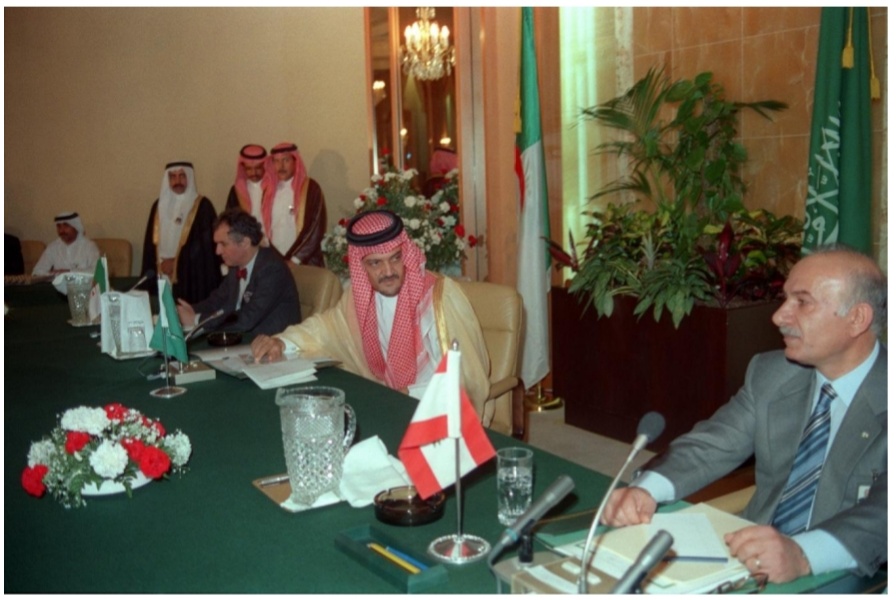
This led to the civil war in 1975. In 1989, the Taif agreement checked the powers of the top 3 and balanced the number of seats in the parliament equally between the Muslims and Christians, ending the war. The concerning issue with the politics of Lebanon was that the government, within itself, wasn’t able to come to a common ground. This unfortunately, still holds.
In 2016, they had Michel Aoun of the March 8 alliance as President, and Saad Hariri of the March 14 alliance as Prime Minister. The two alliances being formed out of disagreement on the same issue in the past, it was anticipated that they wouldn’t easily be able to come to a consensus on basic issues. A good example of the zero-change in the government of Lebanon since 1990, is the 2016 garbage crisis, where, as expected the government didn’t couldn’t agree on a policy for tackling it.
As The Guardian puts it, “If you’re in your mid-40s in Lebanon, you’ve lived through 15 years of war, two Israeli invasions, 30 years of Syrian occupation, several rounds of economic collapse and currency devaluation, two Israeli bombing campaigns, a revolution, a wave of political assassinations that decimated the ranks of progressives, and, since the end of 2019, another wave of protests demanding the departure of the corrupt political elite.”
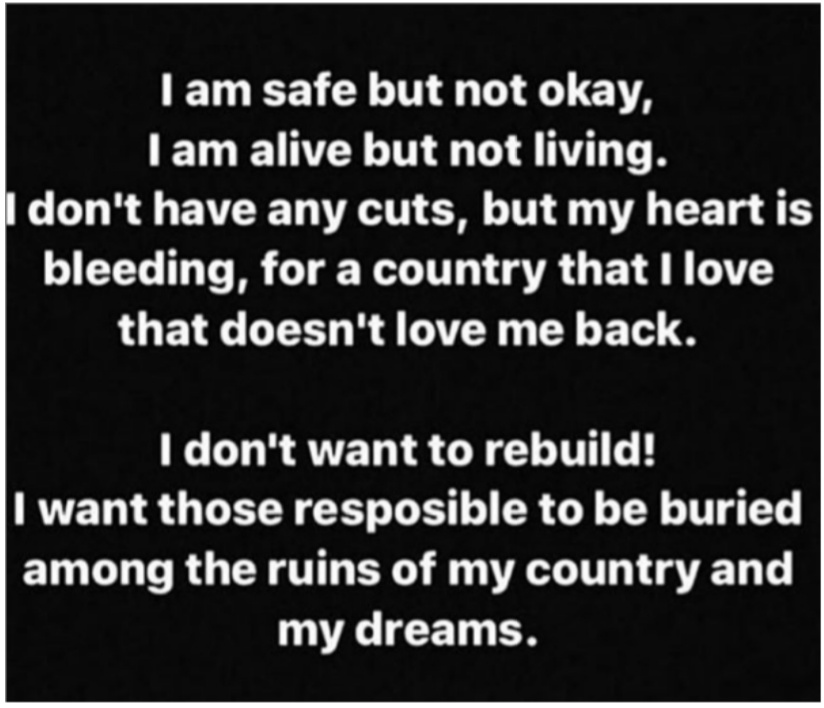
So why do the Lebanese keep voting for such leaders every time?
It is because they don’t have a choice. “All of them means all of them” need to change, as goes the popular slogan referring to the entire political class. Time and again high-degree protests rage across the country, for high taxation of social media apps, erratic electricity, lack of clean drinking water, and even for a new government (as was the case in the electing of Hassan Diab). But the government isn’t able to arrive at a solution. Its handicapped system negates itself often and there are major disputes involving more powerful groups and individuals. The people get lost in this chaos and are fed up that nothing is being accomplished. There seemingly are no other worthy contenders, and those who want to come up possibly get lost or subdued in the game of thrones.
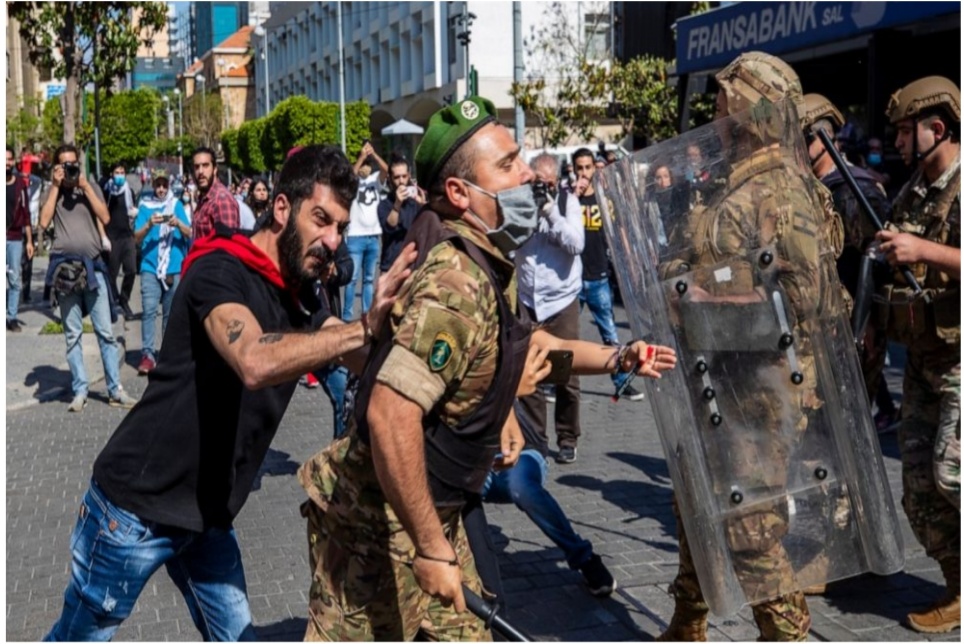
So why not break down the whole system, and establish a new one?
The system is immune to reform, and a collapse of the system will “unleash a Pandora’s box of all kinds of sectarian conflicts”, says Khalil Gebara who left his job as an advisor to the Interior Ministry.
The blast caused damages worth $15Bn. Even before the blast, Lebanon was in a deep financial crisis. In March 2019 Lebanon had a national debt of $92Bn which is nearly 170% of its GDP. By October 2019, the inflation of the Lebanese Pound stood at 400%. They were able to rebuild the country after the civil war, but the blast came at a time when it didn’t seem that things could get worse. 55% of the country was already below the poverty line and barely affordable had become unaffordable. 5 days after the blast, world leaders pledged $300Mn for humanitarian aid, on the terms that Lebanese authorities would have to commit to political and economic reforms that people have been so actively protesting for.
The reason that Lebanon has been surviving is because of the citizens helping each other, humanitarian organisations and “everything except aid from the government”.
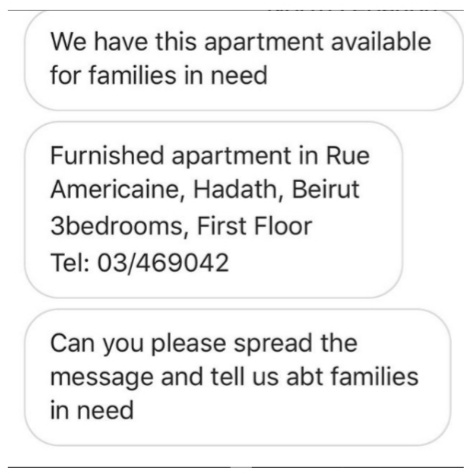
Source: Instagram feed @open_houses_lebanon
In a country where political parties are political parties-cum-militant groups like the Hezbollah, and the powerful who need to make policies want to do it majorly on their terms, the “people” seem to be out of the “For the people, by the people, with the people” equation.
Written by: Shlok Sampat
References:
The Guardian
Al-Jazeera
NDTV
CNN
Jacobin Mag

